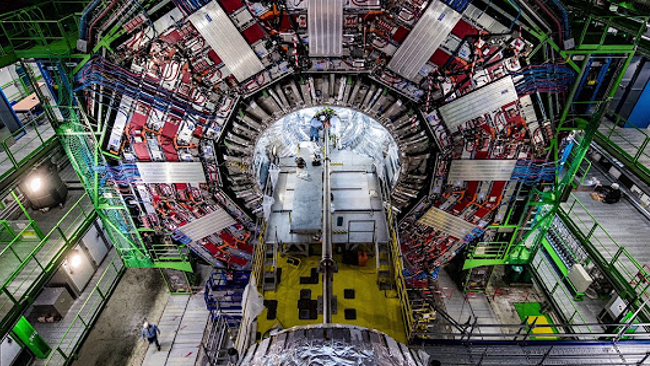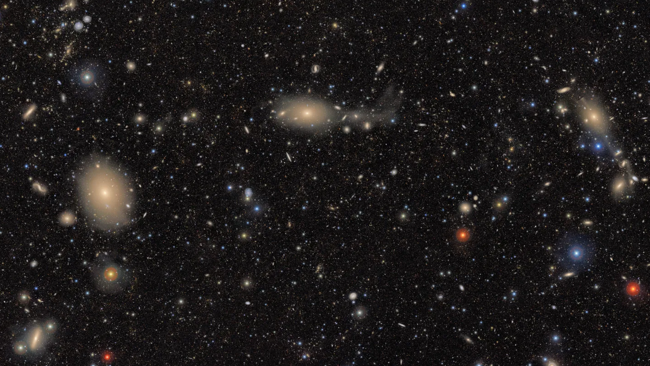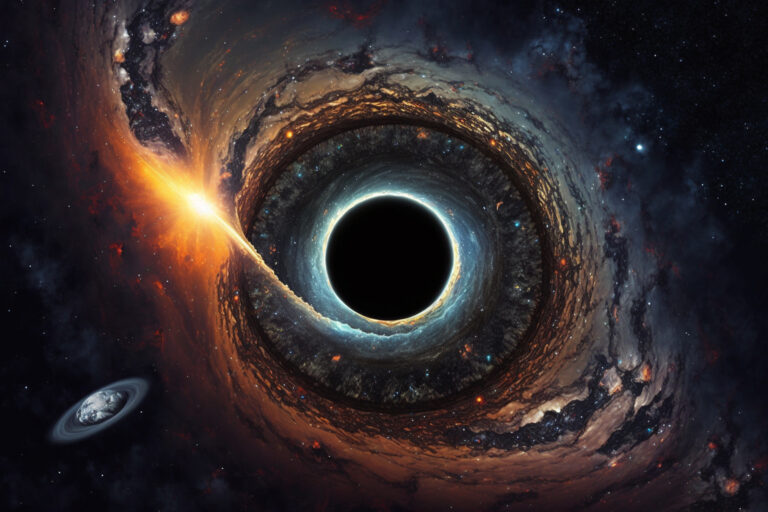
Since its inception in 1954, the European Organization for Nuclear Research, known as CERN, has been at the forefront of unraveling the deepest mysteries of the universe. Operating the largest particle physics laboratory in the world, CERN’s primary mission is to explore the fundamental building blocks of matter and the forces that shape our universe. However, behind every groundbreaking discovery and monumental achievement lies a complex web of funding that sustains CERN’s ambitious scientific endeavors.
At the heart of CERN’s funding model lies the financial contributions of its 23 member states, spanning across Europe and beyond. These member states, including countries such as France, Germany, and the United Kingdom, among others, pool their resources to support CERN’s budget, with contributions determined based on their respective gross national incomes. This collaborative approach ensures equitable participation in CERN’s research activities and infrastructure development, fostering a sense of collective ownership and responsibility among its members.
Yet, CERN’s funding extends far beyond its member states. Through strategic collaborations with non-member states, international organizations, and private entities, CERN expands its financial horizons, tapping into additional resources and expertise to fuel its scientific ambitions. These partnerships often manifest in joint research initiatives, technology transfer programs, and infrastructure upgrades, enriching CERN’s research ecosystem and fostering innovation on a global scale. Moreover, CERN’s collaboration with academic institutions, research centers, and industry partners worldwide further amplifies its impact, facilitating knowledge exchange and advancing scientific progress across borders.
In essence, CERN’s funding model exemplifies the spirit of international collaboration and scientific cooperation, transcending geopolitical boundaries to pursue humanity’s quest for knowledge. By harnessing the collective resources and expertise of its diverse stakeholders, CERN continues to push the boundaries of particle physics, unlocking the secrets of the universe and inspiring generations of scientists to dream big and reach for the stars. As we look towards the future, one thing remains certain: the pursuit of scientific discovery knows no bounds, and with CERN leading the way, the possibilities are truly limitless.
- First Images From The Vera C. Rubin Observatory

- What Effects Do Solar Flares Have On Our Power Grids?

- What’s the Difference Between a Galaxy and a Globular Cluster?

- Are Black Holes Eternal? The Strange Fate of the Universe’s Darkest Objects

- Cannibal stars at the heart of the Milky Way stay young in a gruesome way

- Multi-Particle Entanglement Is A Complex World


